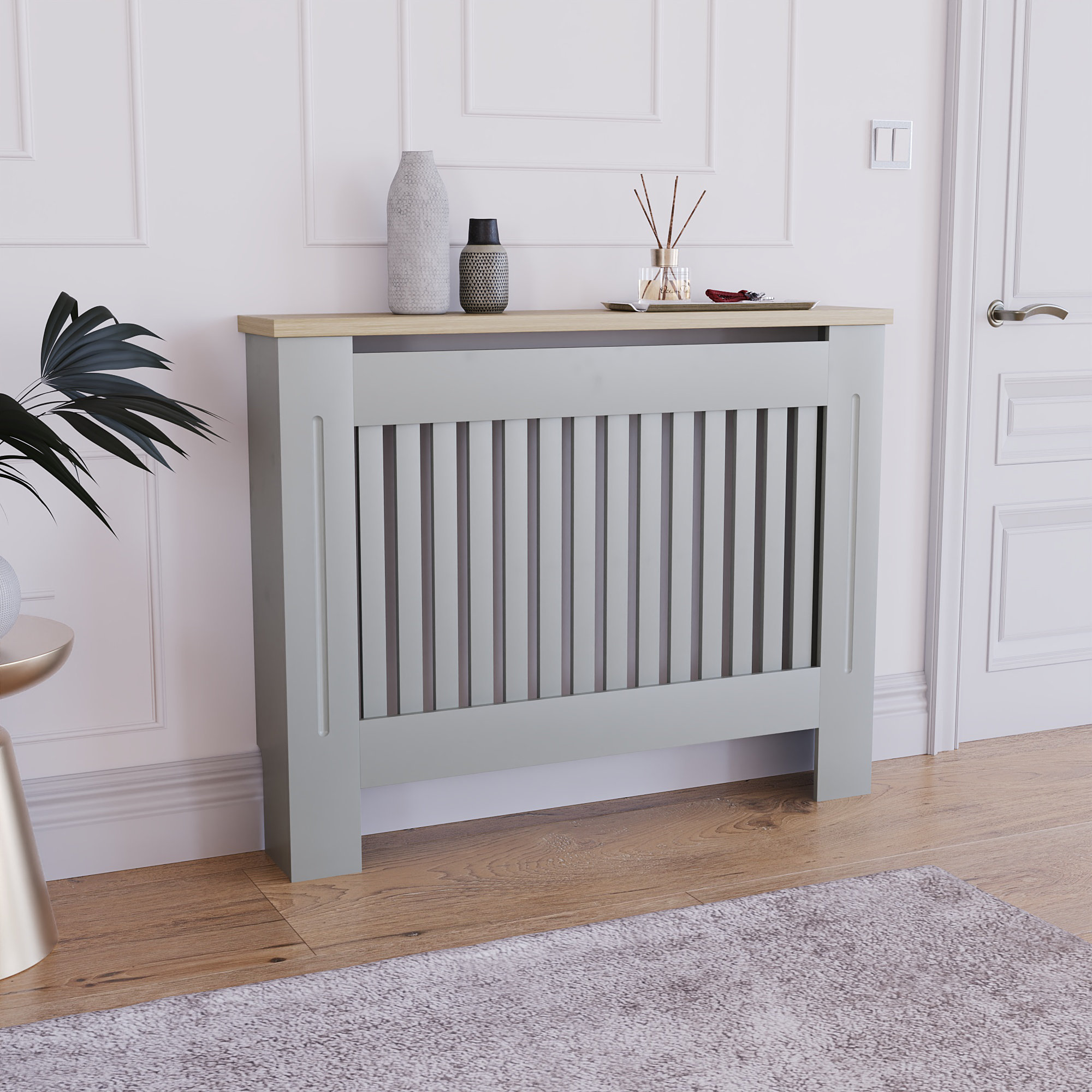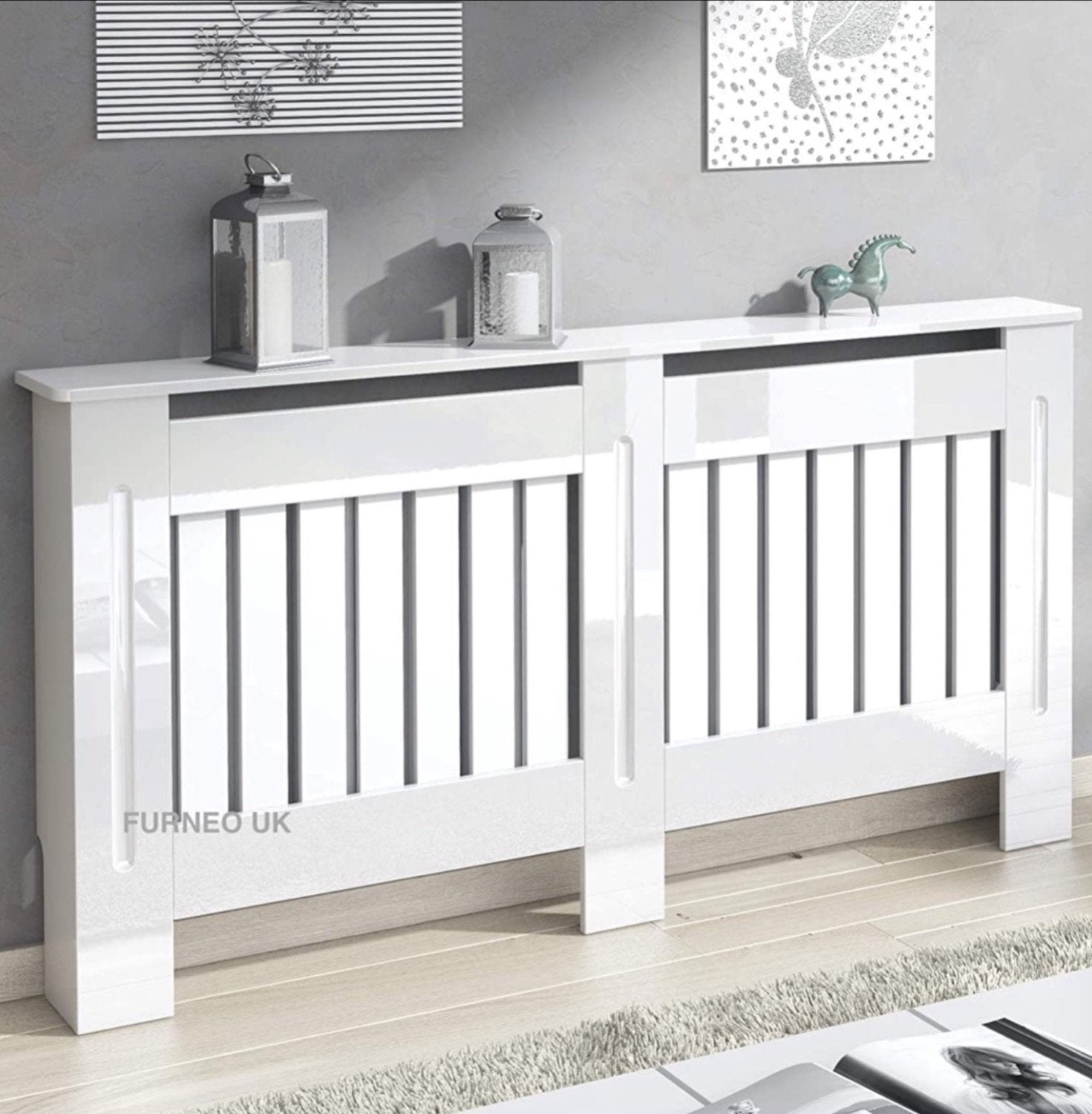Radiator Covers: Understanding Materials, Designs, and Advantages
Radiator covers serve both functional and visual purposes within a home, providing a series of materials such as mdf, wood, and steel to suit various style choices. As styles evolveâEUR" from standard to contemporaryâEUR" these covers not just improve the aesthetic charm of a space however additionally add to safety and power effectiveness. Nonetheless, selecting the best radiator cover includes comprehending the nuances of products, designs, and their linked benefits. This exploration elevates crucial concerns regarding how these components integrate right into your living setting and what considerations should guide your choice procedure.
Sorts Of Materials


Wood covers, commonly crafted from woods such as oak or maple, provide a classic, cozy look that complements traditional insides. Their durability and ability to be tarnished or repainted add to their versatility. Steel covers, usually made from steel or aluminum, are preferred for their robustness and modern look, usually including smooth lines that boost contemporary areas.
MDF, a produced timber item, is prominent for its cost-effectiveness and simplicity of customization. It can be painted or finished to match existing decor while providing a smooth surface. Plastic covers, while much less usual, are resistant and lightweight to dampness, making them ideal for moist environments.
Inevitably, the choice of material for a radiator cover ought to line up with the property owner's style choices, useful demands, and the particular environment where the cover will certainly be installed. Each material uses a distinct character, guaranteeing that there is an option to suit every taste and setting.
Popular Design Styles
Stressing aesthetic charm, popular design styles for radiator covers show a series of tastes and indoor style trends. Standard designs usually include intricate woodwork and elaborate detailing, making them ideal for vintage-inspired or traditional insides. These covers typically include carved aspects, giving a warm and inviting feel to any space.
On the other hand, contemporary styles concentrate on minimalist aesthetics, identified by clean lines and underrated style. Products such as metal or sleek wood with a smooth coating are typically utilized, permitting these covers to blend seamlessly right into contemporary rooms. Industrial styles, on the various other hand, accept basic materials like revealed steel and concrete, including a vibrant declaration to loft space or urban setups.
For those seeking an unique touch, bespoke designs supply customization choices that deal with specific preferences, enabling homeowners to select colors, patterns, and materials that complement their decor. Additionally, farmhouse-style covers integrate rustic elements, featuring distressed timber and basic forms that evoke a cozy, nation charm.
Advantages of Radiator Covers
Radiator covers not just improve the aesthetic appeal of an area but also use several practical benefits that make them a rewarding enhancement to any home. One of the primary advantages is safety, particularly in homes with pet dogs or kids. Covers decrease the threat of burns from hot radiator surface areas, making sure a look at this web-site safer atmosphere.
Additionally, radiator covers can improve power effectiveness. By directing warmth right into the area instead of permitting it to run away, they help preserve a regular temperature level, decreasing heating costs with time. This is specifically advantageous in older homes where radiator systems might be less reliable.
Another noteworthy advantage is noise decrease. Radiators can occasionally create unwanted audios during procedure, and covers can assist stifle these sounds, adding to a more tranquil space. In addition, radiator covers can be functional, offering added storage or screen space, consequently optimizing the utility of often-overlooked locations.
Last but not least, they can shield radiators from dust and debris, which can impede effectiveness and rise maintenance demands. With these integrated benefits, radiator covers arise as a sensible remedy for improving both the performance and style of any kind of home setting.
Installment Considerations
Mounting radiator covers needs cautious factor to consider to make certain both capability and security (Radiator cover). Examine the measurements of your radiator and the surrounding space to ensure a proper fit. Precise dimensions are crucial; an uncomfortable cover can block heat circulation or produce security dangers
Following, assess the material of the cover. While timber provides aesthetic charm, metal options might provide better sturdiness and warm resistance. Consider the weight of the cover as well; larger covers may call for additional assistance or supports to stay clear of sagging or damages in time.
Air flow is an additional important facet. Covers need to feature sufficient airflow to stop overheating and preserve reliable home heating. Try to find styles with slats see or openings that permit warm to distribute without blockage.
Furthermore, guarantee that the cover is firmly installed to prevent crashes, particularly in homes with children or family pets. Radiator cover. It's advisable to adhere to the manufacturer's installment standards closely and, if needed, consult an expert for complex installments
Maintenance and Treatment Tips
Appropriate maintenance of radiator covers is crucial for ensuring their longevity and optimum performance. For painted or timber covers, think about an ideal polish or safety layer to preserve their appearance.
Inspect the covers periodically for indicators of wear or damage, such as splits or peeling off paint. Attending to these concerns quickly can stop additional deterioration. Ensure that the covers are safely secured and check for any type of loose screws or installations, as vibrations from the radiator can loosen them in time.
In chillier months, avoid positioning heavy items or decorative products in addition to the radiator covers, as this can restrain heat distribution and trigger unnecessary stress to the framework. Consider seasonal maintenance by getting rid of the covers for complete cleaning and inspection throughout warmer months when the home heating system is non-active. Adopting these simple treatment ideas will boost the efficiency and visual charm of your radiator covers, ensuring they serve their function effectively for years to come.

Conclusion
In recap, radiator covers work as aesthetic and useful enhancements to property areas. The diverse range of materials, consisting of woods, steel, MDF, and plastic, enables placement with numerous style styles such as standard, modern, industrial, and farmhouse. The benefits of these covers extend past safety and security and energy effectiveness to consist of added storage and dirt security. Careful factor to consider of setup and maintenance more guarantees the durability and efficiency of radiator covers in any type of home setting.
Radiator covers offer both aesthetic and practical purposes within a home, using a range of materials such as wood, steel, and look at here MDF to match numerous design choices. Picking the right radiator cover involves comprehending the nuances of materials, styles, and their connected benefits.Emphasizing visual allure, prominent layout styles for radiator covers show a range of tastes and indoor style fads.Radiator covers not just enhance the visual allure of an area but additionally use numerous sensible advantages that make them a worthwhile addition to any type of home. Take into consideration the weight of the cover as well; much heavier covers might need extra assistance or reinforcements to avoid sagging or damages over time.